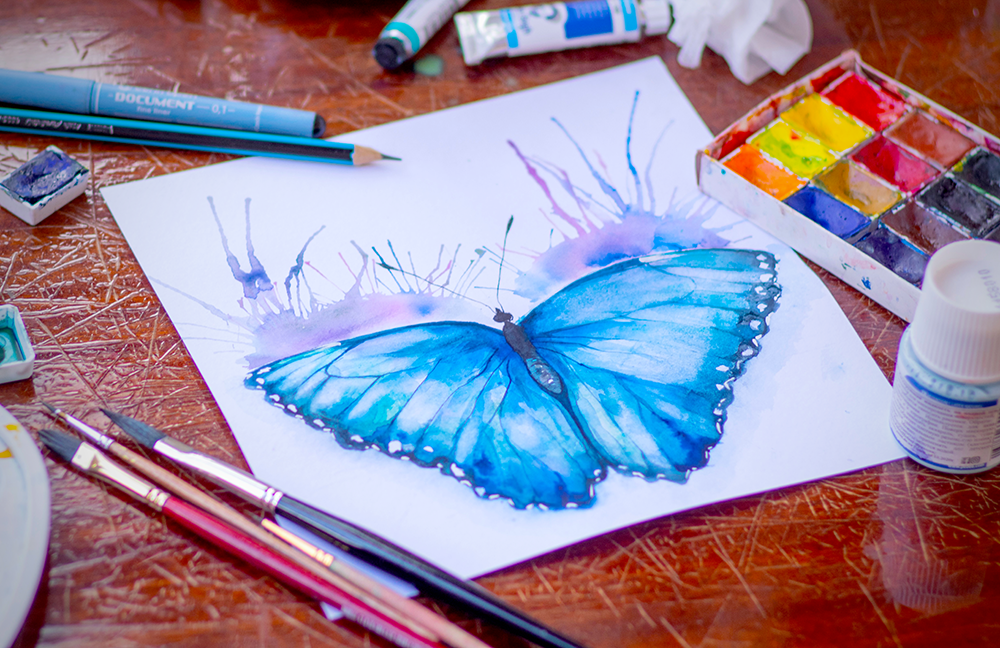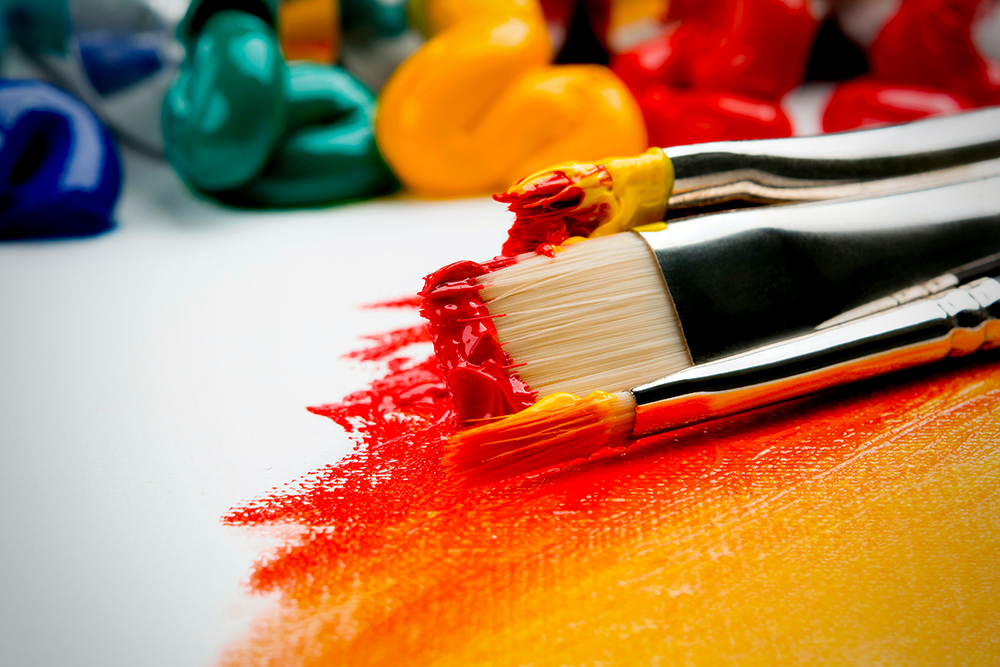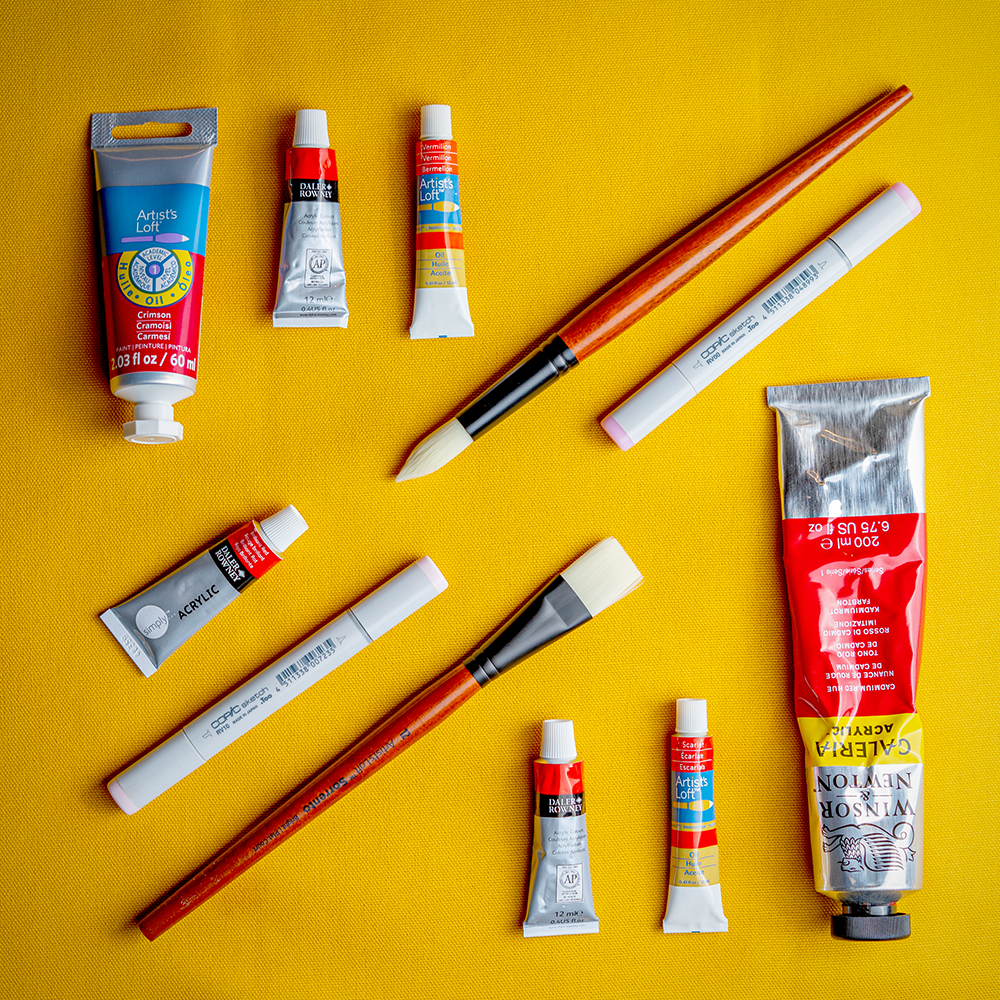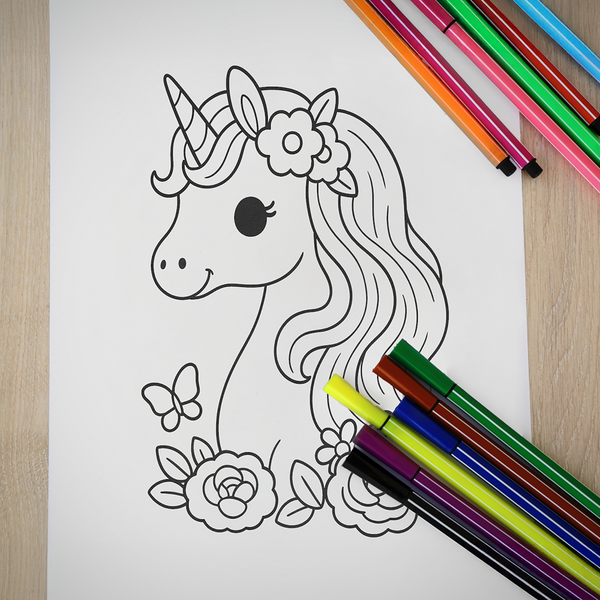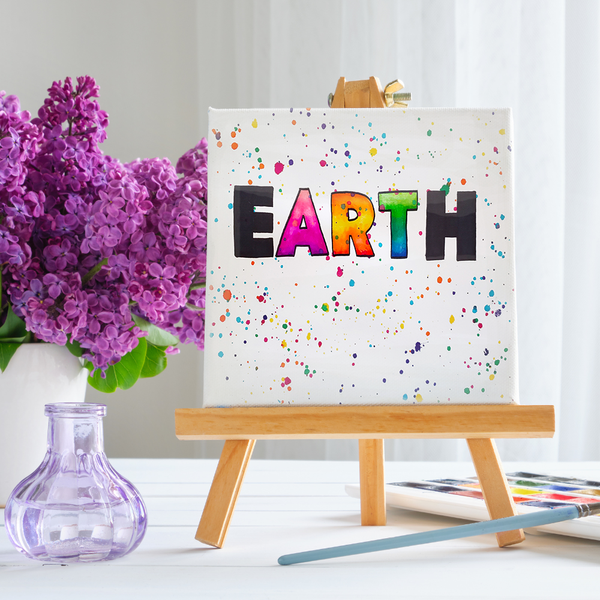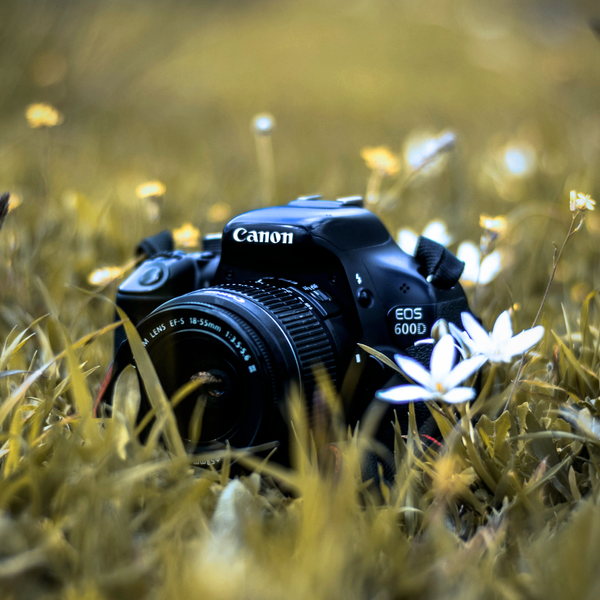Selecting the right type of paint is essential for any artist, whether you’re a beginner or a professional.
The type of paint you use can affect the appearance, texture, and durability of your artwork.
Depending on your intended paint job, you might want a wall paint when working on a mural, latex paints for a canvas, flat paint for a ceiling, or even spray paint for a street art project.
No matter what kind of painting project you’re undertaking, it’s important to select the right type of paint.
There are a variety of paint finishes, ranging from satin paint, gloss paint, matte paint, semi gloss paint, and more.
You’ll also want to consider the paint type, such as oil-based paint or water-based paint or even interior paint versus an exterior paint.
Here is a quick overview of the most common paint types, so that you can make an informed decision about which one is right for you.


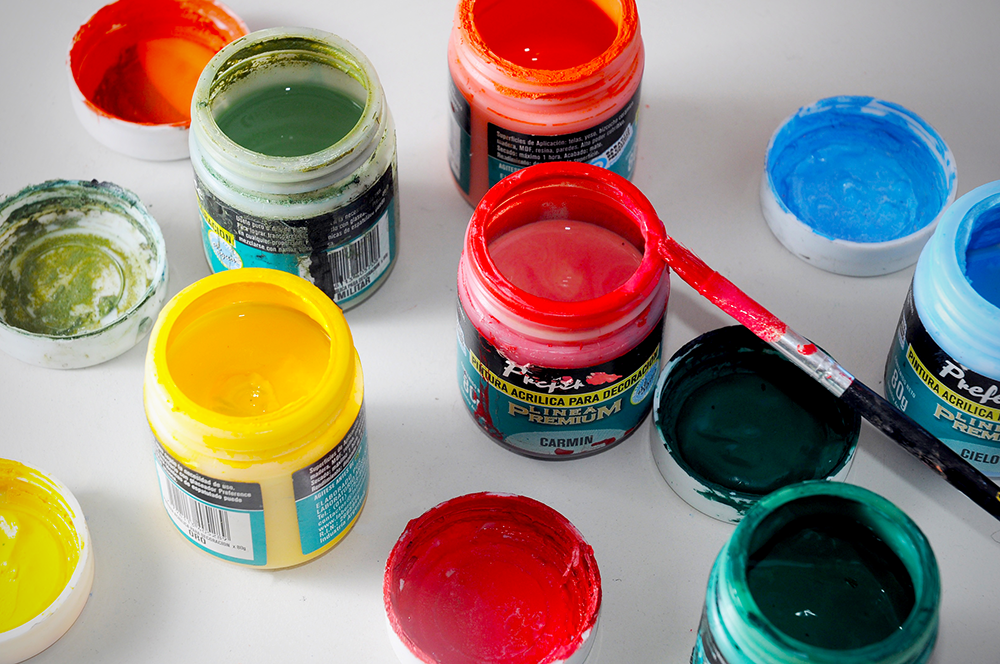
Oil-Based Paint
Oil-based paint is a popular choice for many artists thanks to its durability and high-gloss finish.
Oil-based paint is made with either alkyd or oil-modified polymers.
It is typically used for high-gloss surfaces, cabinets, and trims because it dries harder than other types of paint.
Oil-based paint takes longer to dry than other types, so keep that in mind when making your decision.
One advantage of oil-based paint is that it can be cleaned up with mineral spirits or paint thinner.
This makes it a good choice for artists who are working with complex techniques or multiple colors.
However, oil-based paints also have some disadvantages.
They can yellow over time and can be harmful to the environment if not disposed of properly.
With all that in mind, oil-based paint may be the right choice for your next project!
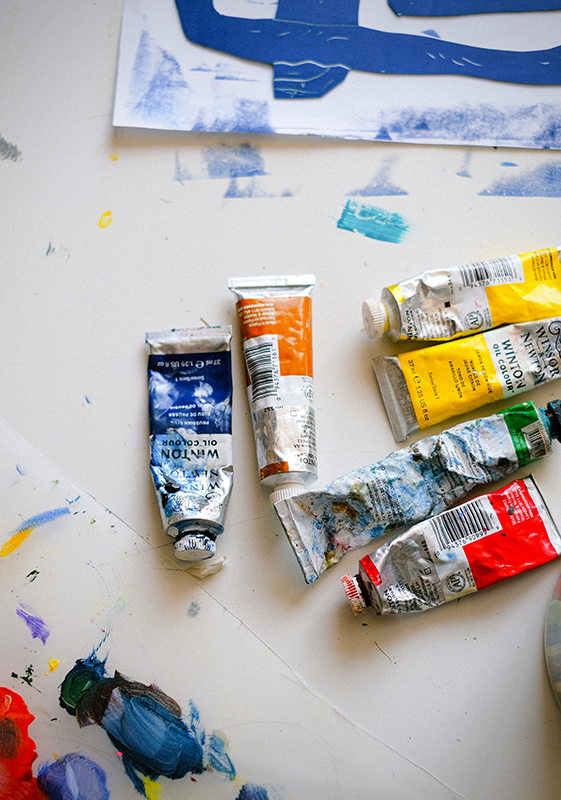


Water-Based Paint
Water-based paint, as the name suggests, is made with water as the primary solvent.
This type of paint is also sometimes referred to as latex paint, and it is a popular choice because it is easy to work with.
Water-based paints are typically made with synthetic polymers, which gives them a number of advantages over oil-based paints.
One of the biggest advantages of water-based paint is that it is much easier to work with than oil-based paint.
Water-based paint doesn't have the strong odor that can be associated with oil-based paint, and it is also less likely to cause skin irritations.
This type of paint is also much easier to clean up—all you need is some water and soap.
In addition, water-based paint dries much more quickly than oil-based paint.
This can be a major advantage if you're working on a large painting project and need to get it done quickly.
Since water-based paint dries more quickly, there is less risk of smudging or smearing your work.
One potential downside of water-based paint is that it can sometimes be less durable than oil-based paint.
If durability is a major concern for you, be sure to do your research before making a purchase.
Another thing to keep in mind is that water-based paints may not adhere as well to certain surfaces as oil-based paints do.
Ultimately, the best choice for your next project will depend on your specific needs and preferences.
Water-based paint, also known as latex paint, is made with synthetic polymers. Water-based paint can also be cleaned up with just water and soap, which makes it more convenient than oil-based paint.

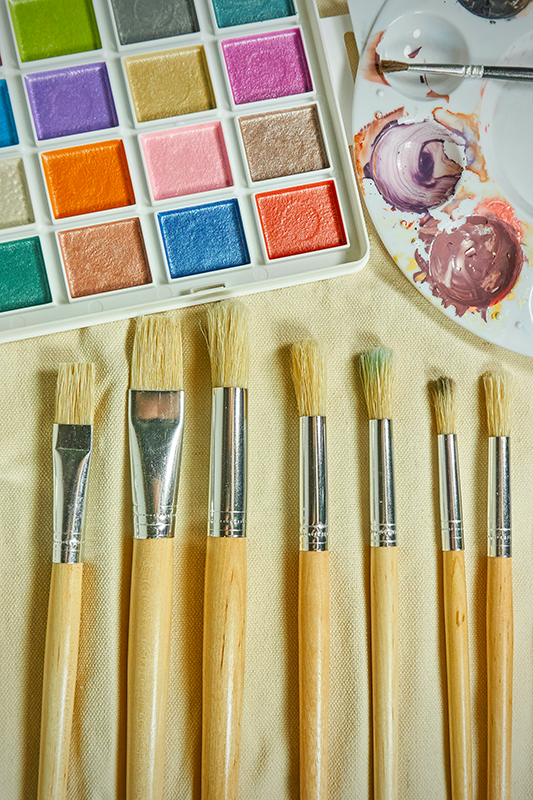

Acrylic Paint
Acrylic paint is a popular choice for artists of all skill levels.
Acrylic paint is made with a synthetic polymer.
It dries quickly, can be thinned out with water if necessary, and has a wide range of colors available.
One of the great things about acrylic paint is that it comes in a wide variety of colors.
Whether you’re looking for traditional colors or something more bright and bold, there’s an acrylic paint out there that’s perfect for you.
Another thing to keep in mind when choosing your paint is the finish.
Some brands offer matte finishes, while others have glossy or satin finishes.
Experiment with different brands and finishes until you find one that you like best.
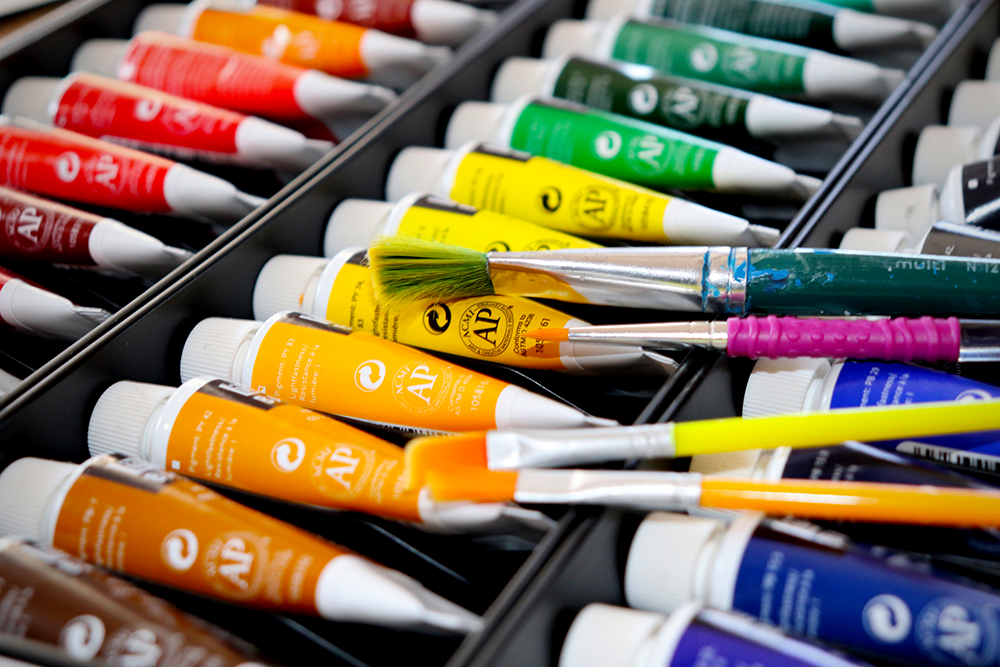
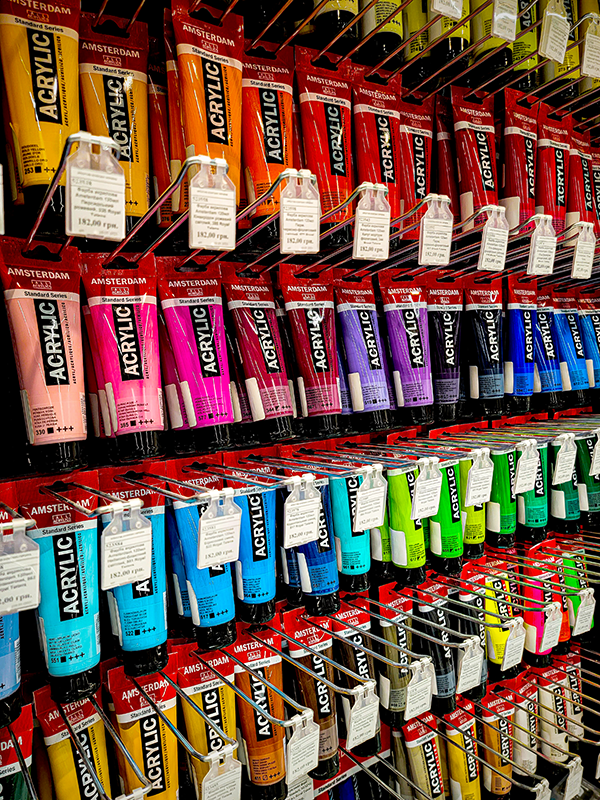
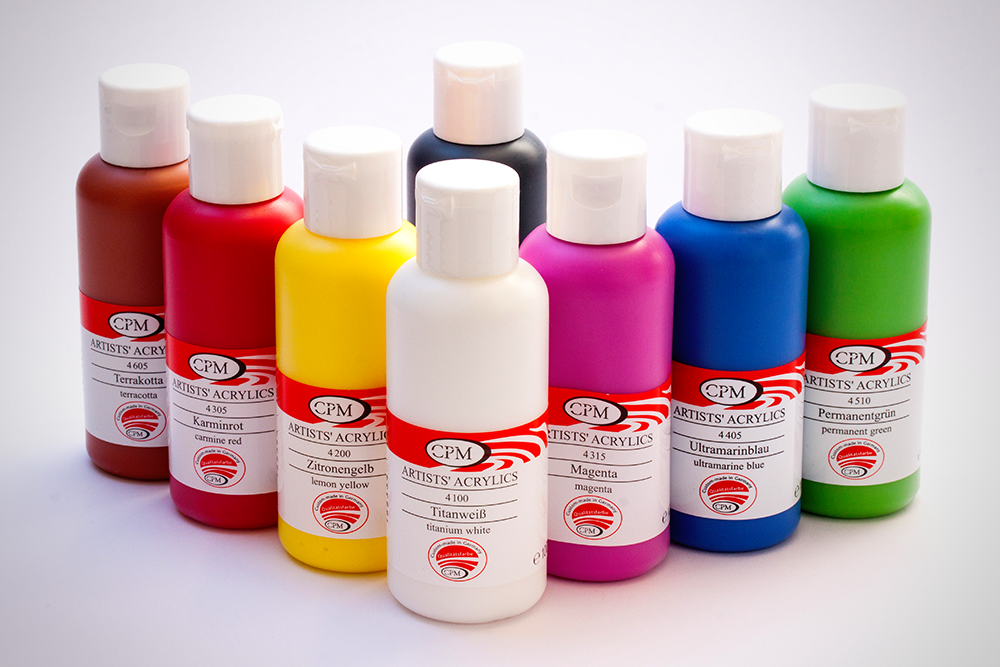
Enamel Paint
Enamel paint is a type of paint that dries to form a hard, glossy surface.
Enamel paint is typically used for painting metal surfaces because it has excellent durability.
Enamel paint can also be used on wood and glass surfaces.
However, enamel paint takes longer to dry than other types of paint, so keep that in mind when making your decision.
Enamel paint can be applied with a brush, roller, or sprayer.
Once you've applied the enamel paint to the surface, you'll need to allow it to dry for 24-48 hours before applying a second coat (if necessary).
Since enamel paint takes longer to dry than some other paints, you should keep that in mind when making your paint selection.
You can find enamel semi gloss paints at most craft stores, but they also come in a variety of other finishes.
If you’re looking for a paint that will give your project a high-quality finish, enamel paint is a good choice.
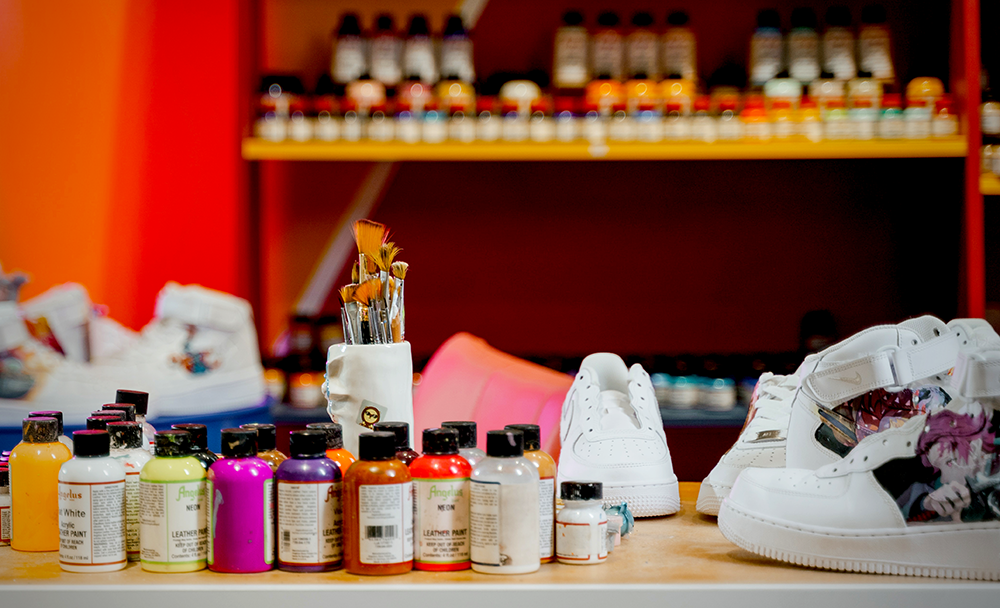
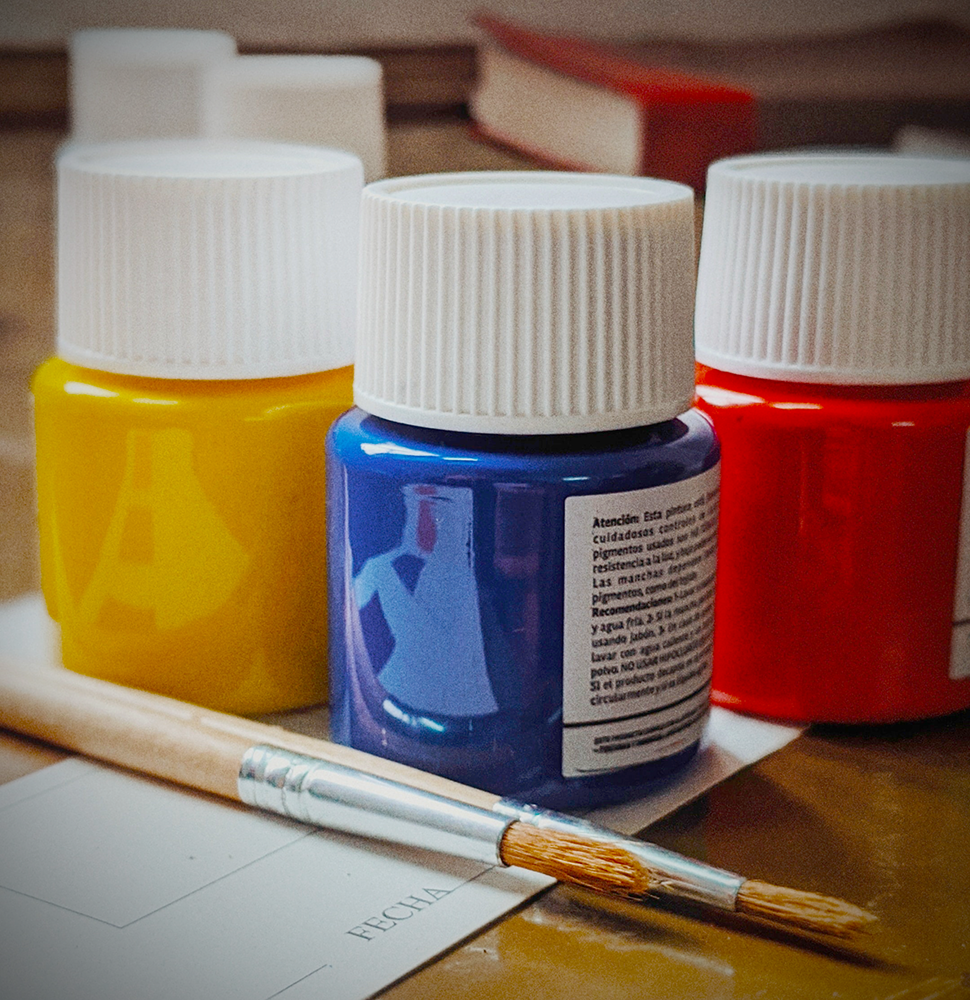
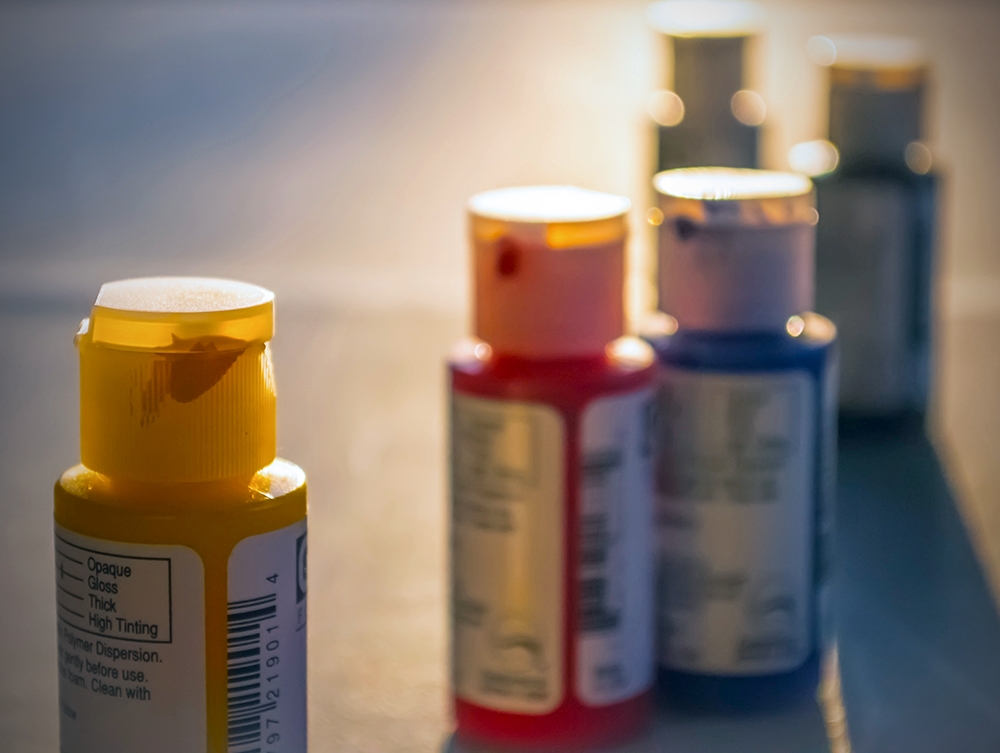
Tempera Paint
Many artists choose tempera paint because it is non-toxic and comes in a variety of colors.
However, tempera paint is not as durable as other types of paint, so it is important to know its limitations before using it on your next project.
Tempera paint has been used by artists for centuries and remains a popular choice for art projects today.
Tempera paint is made with a water-based solution and is available in powder, liquid, or cake form.
To create your own tempera paint, start by mixing the powder with water until you reach the desired consistency.
You can thin out the paint with additional water if necessary.
Once you have mixed the paint, you are ready to start painting!
Since tempera paint does not have the same durability as other types of paint, it is not recommended for surfaces that will be subject to a lot of wear and tear.
However, tempera paint can be used on a variety of surfaces, including paper, cardboard, wood, and plaster.
If you are unsure whether or not your surface is suitable for tempera paint, it is always best to consult with a professional painter before proceeding.


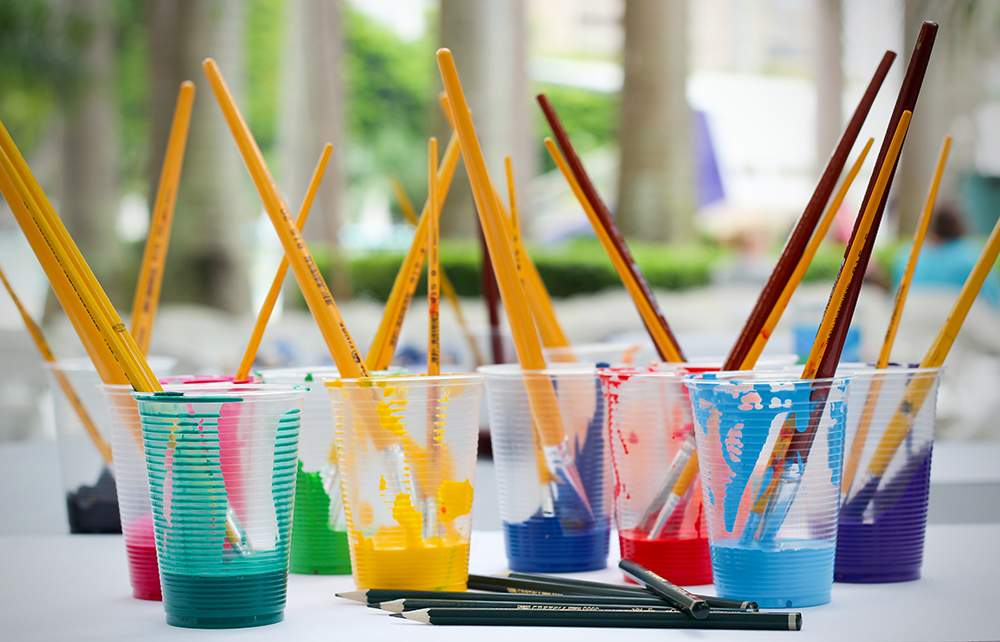
Watercolor
Watercolor paint is a type of paint made with a water-based solution and pigment.
Watercolor paint can be used to create a wide variety of effects, from pastel colors to more bold and saturated hues.
Watercolor paint is typically sold in tubes or pans.
Watercolor paint is a versatile medium that can be used to create a variety of effects.
For a light and airy look, try using diluted paint or adding lots of water to your brush.
For a more intense effect, use less water or add multiple layers of color.
Experiment with different techniques to find the look you're going for.
When working with watercolor paint, it's important to use high-quality paper to avoid buckling and warping.
Look for watercolor paper that is at least 140 lb (300 gsm) weight.
If you're using liquid watercolors, you may also want to invest in some waterproofing spray to help protect your work.
Watercolor paints are very forgiving, so don't worry if you make a mistake — just embrace it!
Mistakes can often lead to interesting and unique effects that you wouldn't have been able to achieve otherwise.
Watercolor paints are a versatile medium that can be used by artists of all skill levels to create a wide variety of effects.
Whether you're a beginner just starting out or an experienced painter looking for something new, watercolors offer endless possibilities for exploration and experimentation.

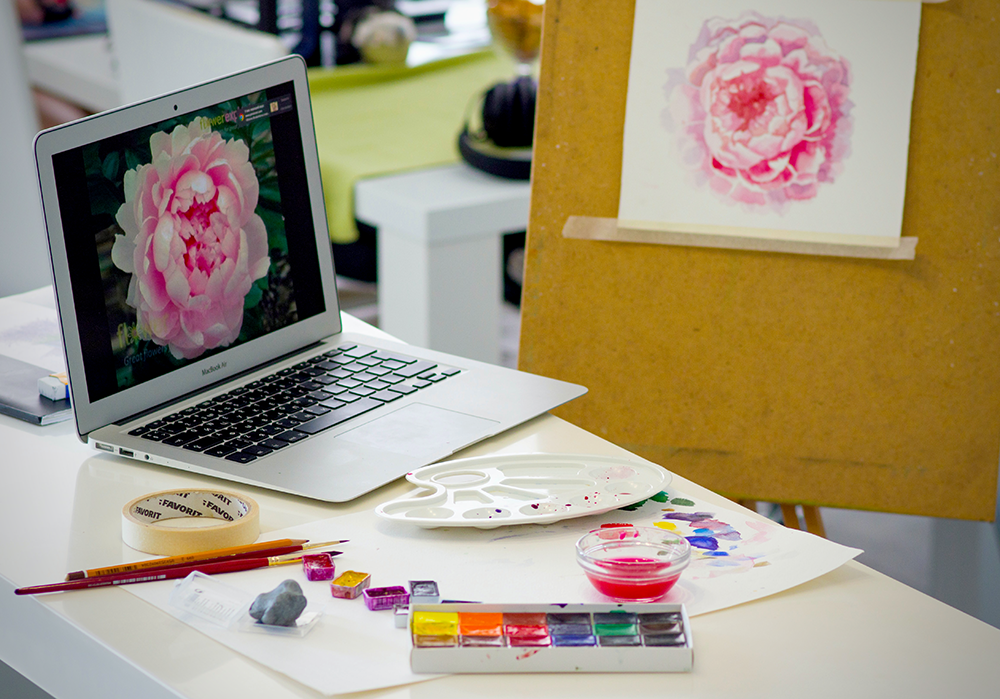

Gouache Paint
Gouache paint is a type of water-based paint that is made with pigment and a binding agent.
The binding agent gives gouache paint a thicker consistency than watercolor paint.
Gouache paint is typically sold in tubes, but you can find it in pans as well.
Gouache paint is a versatile medium that can be used to create a variety of effects.
You can use gouache paint to create opaque or translucent effects, depending on how much water you use.
For an opaque effect, use less water.
For a translucent effect, add more water or use multiple layers of color.
Experiment with different techniques to find the look you're going for.
When working with gouache paint, it's important to use high-quality paper to avoid buckling and warping.


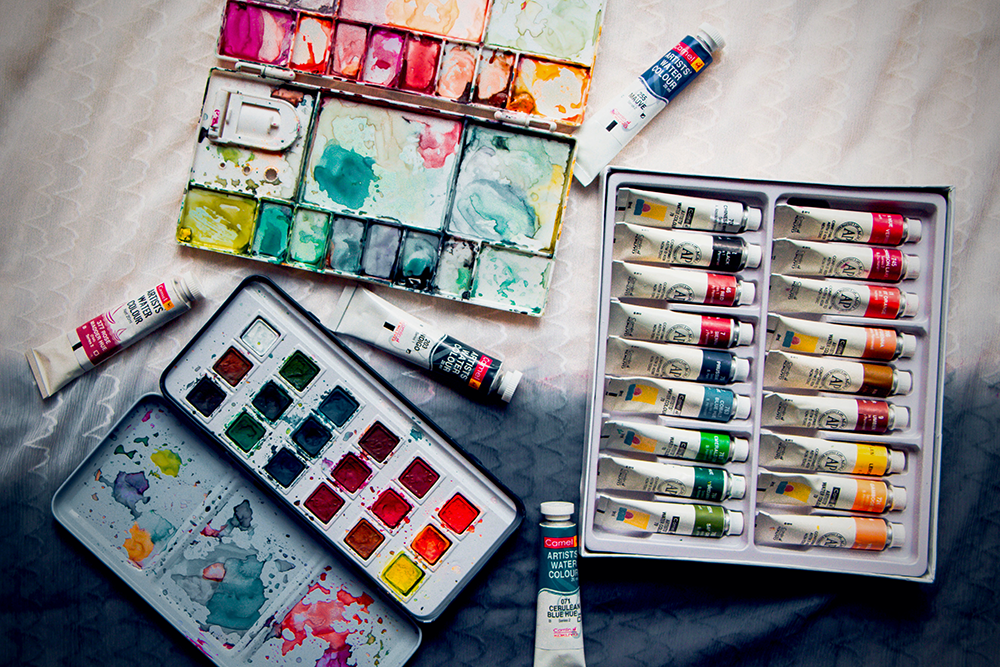
Oil Paint
Oil paint is made with a natural oil, such as linseed oil, and pigment.
Oil paint has been used by artists for centuries and is known for its rich colors and durability.
Oil paint dries slowly, so you will have to plan ahead when using it.
It is typically sold in tubes or jars and is a versatile medium that can be used to create a wide variety of effects.
For a smooth and glossy finish, use a paintbrush to apply a thin layer of oil paint to your surface.
For a more textured effect, use a palette knife or your fingers to apply the paint.
Experiment with different techniques to find the look you're going for.
The pigments in oil paint are very finely ground, which results in rich, vivid colors.
When properly cared for, paintings made with oil paint can last for centuries.
One of the benefits of oil paint is that it dries slowly, which gives you more time to work on your painting and make changes if necessary.
You can thin oil paint with a variety of different mediums to achieve different effects.
There are two main types of oil paints available on the market: student grade and artist grade.
Student grade oil paints are typically less expensive and have fewer color options than artist grade paints.
However, they can still be a good choice for beginners or anyone working on a budget.
Artist grade oil paints are higher quality and more expensive, but they offer a wider range of colors and richer pigments.
When working with oil paint, it's important to use high-quality paper or canvas to avoid buckling and warping.
You may also want to invest in a varnish to help protect your work.
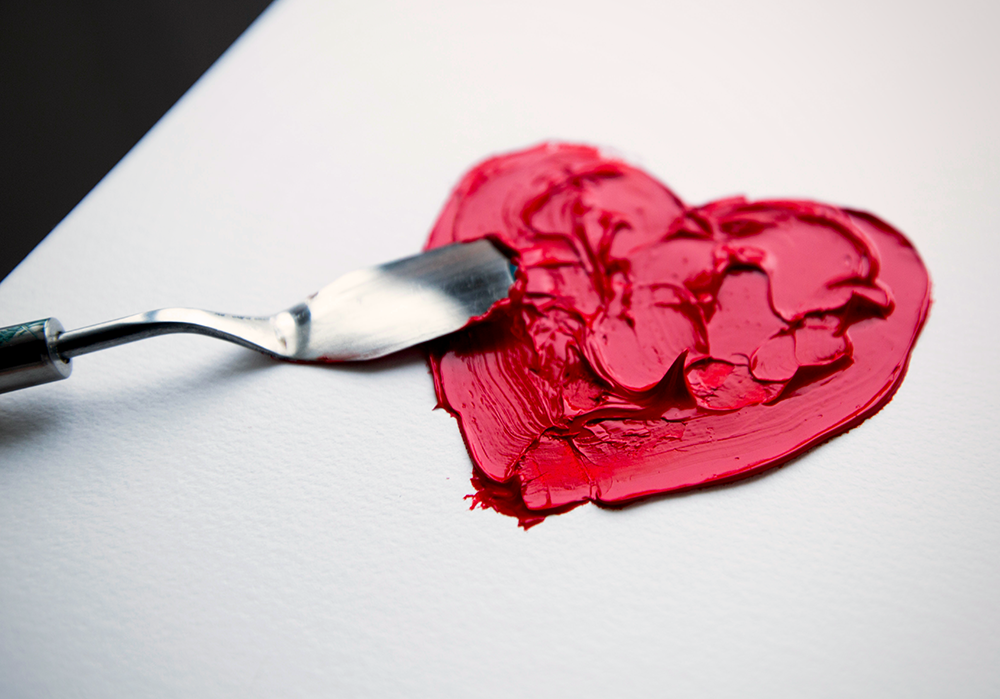


Spray Paint
Convenient and quick, spray paint is a popular choice for artists of all skill levels.
Spray paint is made with a liquid paint that is packaged in a can with a built-in spray nozzle.
The biggest advantage of spray paint is that it enables you to cover large surfaces quickly.
This is ideal if you're working on a time-sensitive project or if you simply want to get the job done as efficiently as possible.
Additionally, spray paint dries quickly, so you won't have to wait long before you can move on to the next step in your project.
Another benefit of spray paint is that it comes in a wide range of colors, including both traditional and fluorescent options, and if you can't find the exact shade you're looking for, you can always mix two colors together to create your own custom hue.
One of the biggest problems with spray paint is that it can be difficult to control.
This is because the paint comes out in a fine mist, which means it's easy to accidentally apply too much or get paint in places where you don't want it.
Additionally, because spray paint dries so quickly, you often don't have time to fix mistakes before they become permanent.
Therefore, it's important to be extra careful when using this type of paint and to have a plan in place before you start painting.
If you're an experienced artist who is looking for a quick and easy way to cover large surfaces, then spray paint might be the right medium for you.
However, if you're a beginner or if you're working on a delicate project, then you might want to consider another type of paint instead.
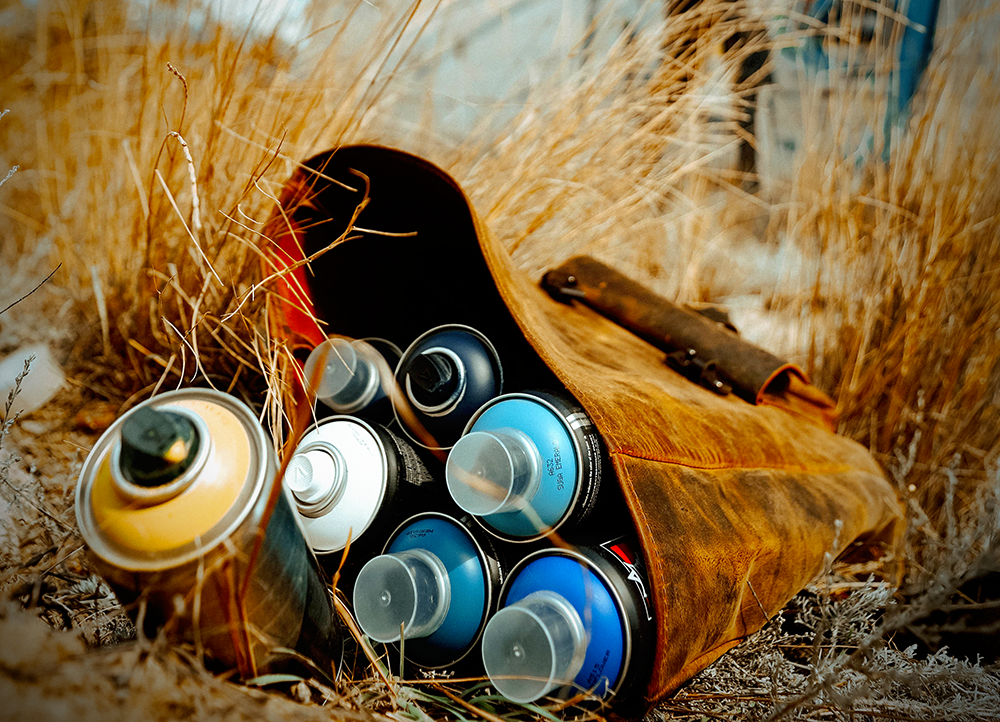
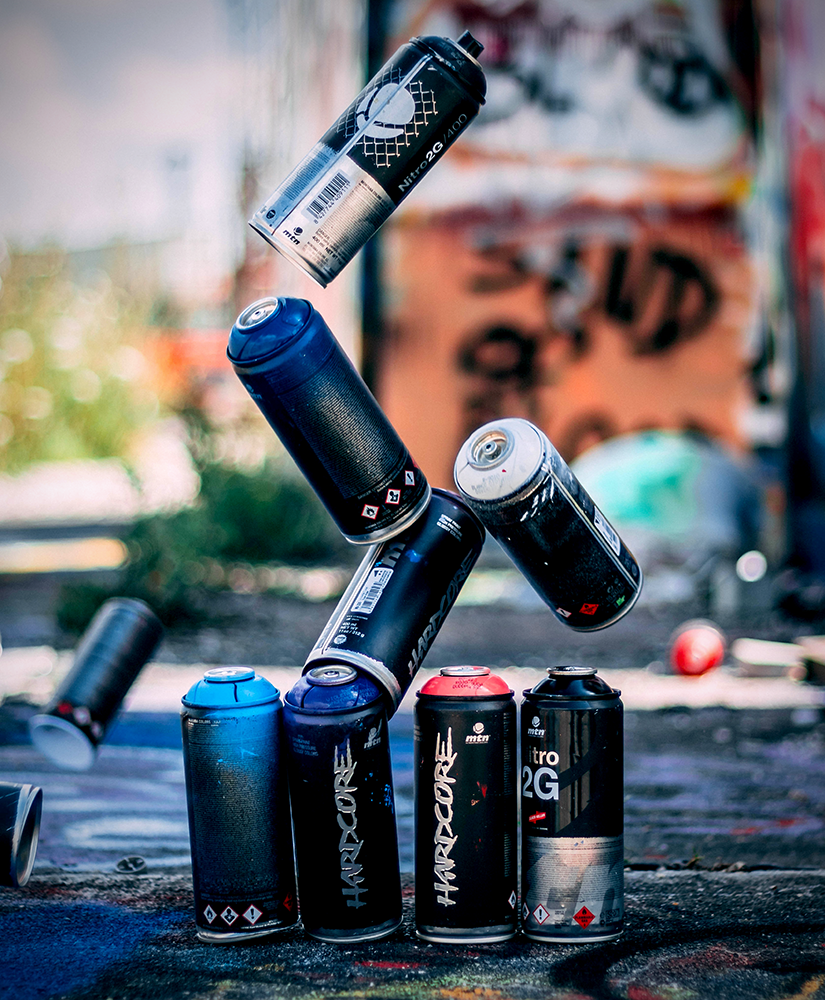
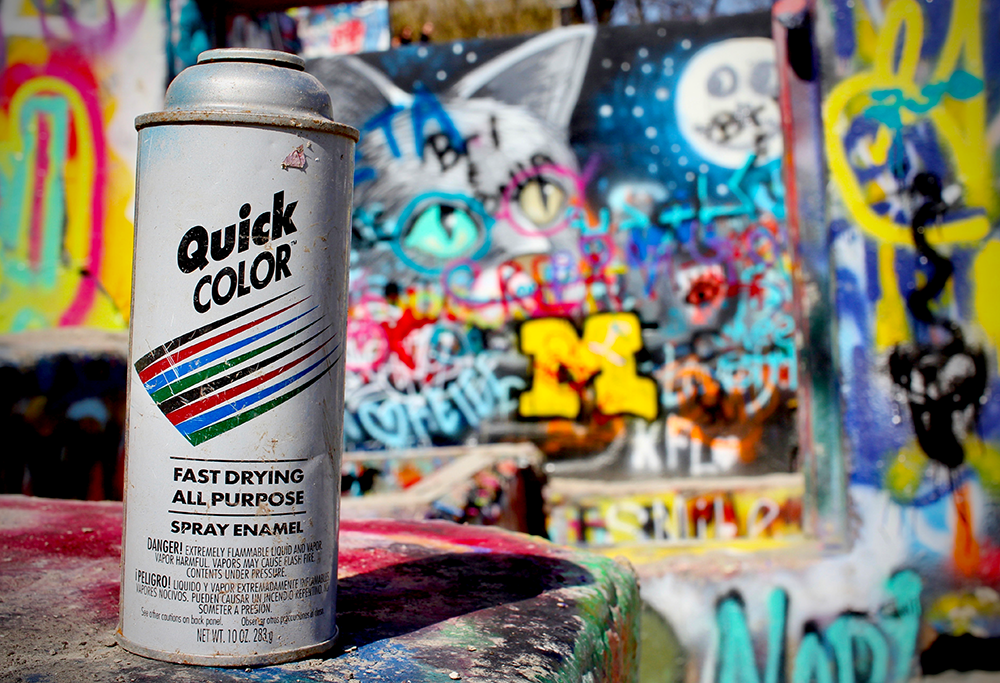
Paint Pens and Paint Markers
Paint pens and markers are convenient because they allow you to apply paint to a surface without having to mix it first.
Paint markers and pens are typically filled with acrylic paint, but they can also be filled with other types of paint, such as watercolor or oil-based paint. This type of paint is convenient because it allows you to apply paint to a surface without having to mix it first.
No matter which type of pen or marker you choose, you're sure to enjoy the convenience they provide!
Acrylic Paint Pens and Markers
Acrylic paint pens and markers are some of the most popular types of paint pens and markers.
Acrylic paint is a fast-drying type of paint that is made from a synthetic polymer.
Acrylic paint pens and markers are ideal for use on a variety of surfaces, including glass, metal, ceramic, stone, and more.
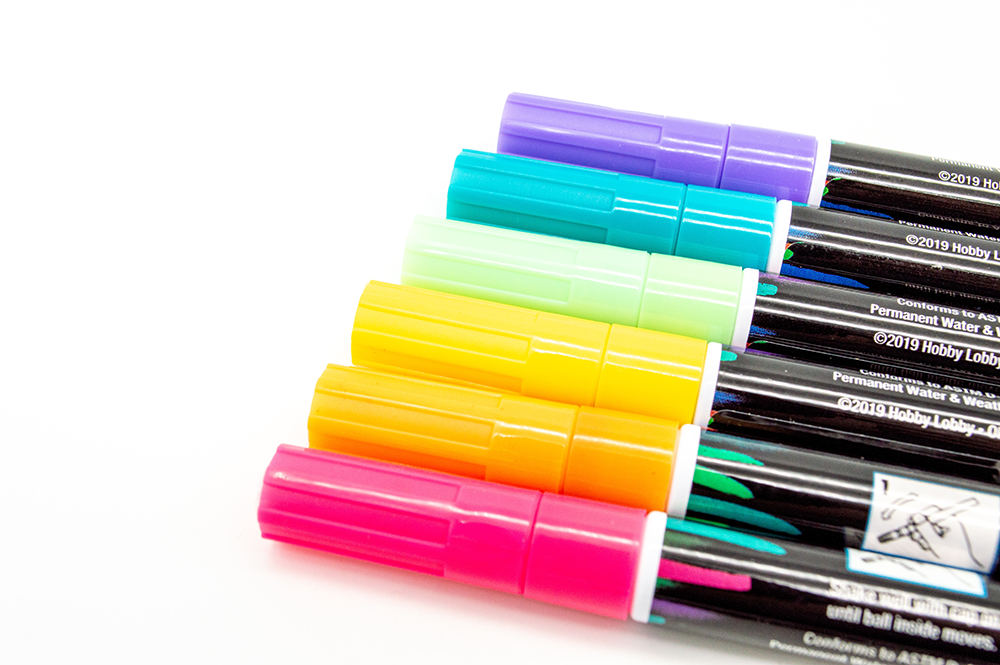
Oil-Based Paint Pens and Markers
Oil-based paint pens and markers are filled with an oil-based paint that is made from pigment suspended in oil.
Oil-based paints take longer to dry than other types of paint, but they have a number of advantages, including durability and resistance to fading.
Oil-based paint pens and markers can be used on a variety of surfaces, and they are waterproof, making them ideal for use on surfaces that will be exposed to moisture.
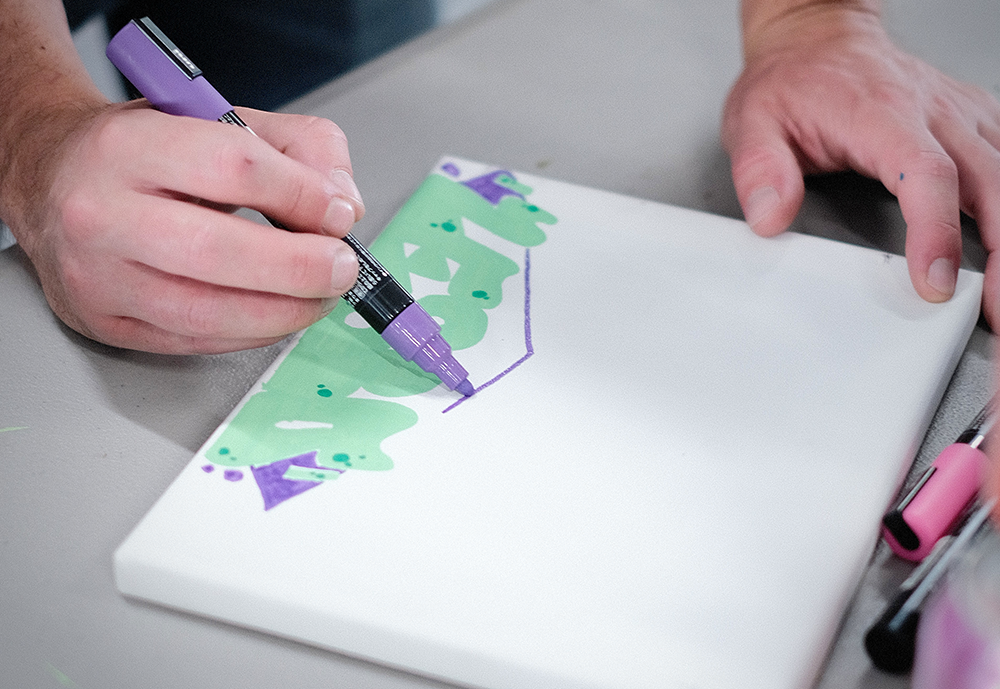
Watercolor Paint Markers and Pens
Watercolor paint pens and markers are filled with a water-soluble paint that is made from pigment and binder.
Watercolor paint is typically used by artists who want to create paintings with a soft, diffuse look.
Watercolor paint pens and markers can be used on a variety of surfaces, but they are not waterproof, so they are not ideal for use outdoors.
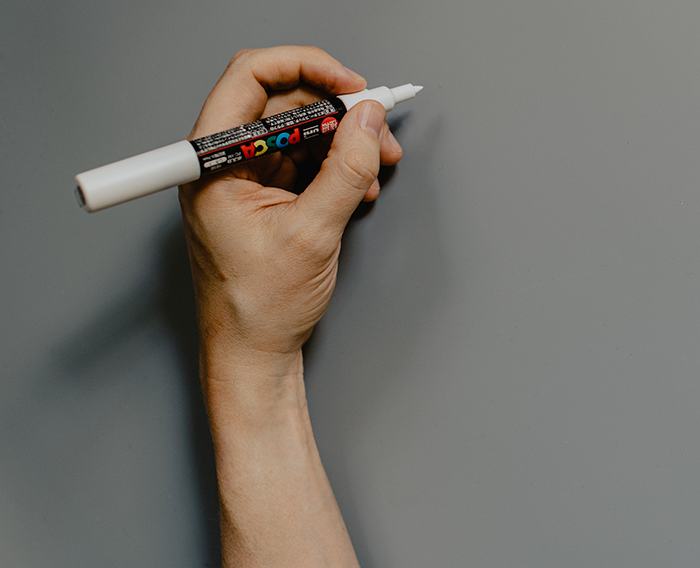
Picking Your Paint
There are a variety of paints you can use for your next project.
The best paint for you will depend on your specific needs and preferences.
When choosing the right type of paint for your project, consider these factors: the surface you’re painting, the desired paint finish, the drying time, and the ease of cleanup.
No matter what type of paint you choose, be sure to do your research to find the best possible product for your needs.
By taking these factors into account, you can choose the right type of paint for your project so that you can create the perfect masterpiece.

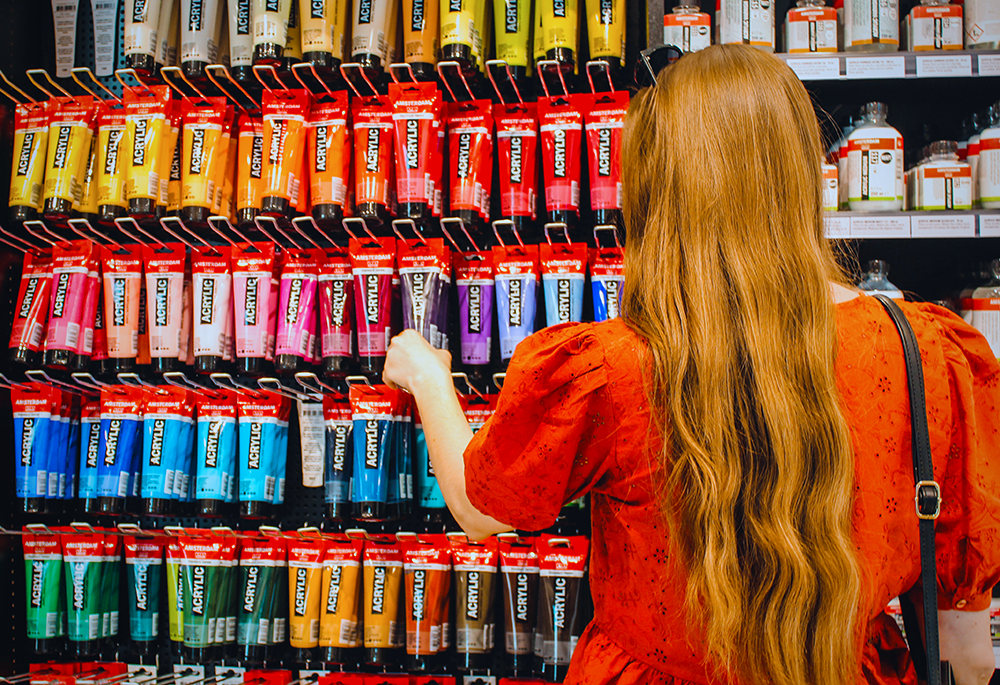
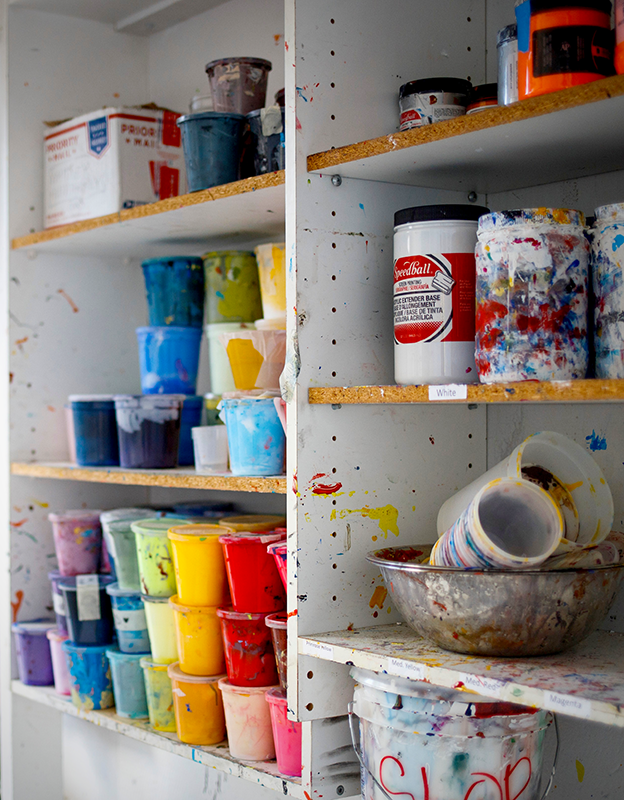
Want to learn about painting different surfaces? Check out Marc Brunet's video!
Just getting started?
Check out the must-have art supplies any artist should have.
If you need help jump-starting your motivation, you can also check out our articles on how to find inspiration, finding inspirational music for creativity, building creative confidence in your abilities, the best crystals for motivation, and the best crystals for confidence.
If you want ideas for which color palette to use in your new art, head on over to our color guides on the color wheel, color theory color schemes, and finding the perfect color scheme!
And if you're unsure of where to head with your art, why not try abstract art since it provides free reign of creative expression, and there are no rules!
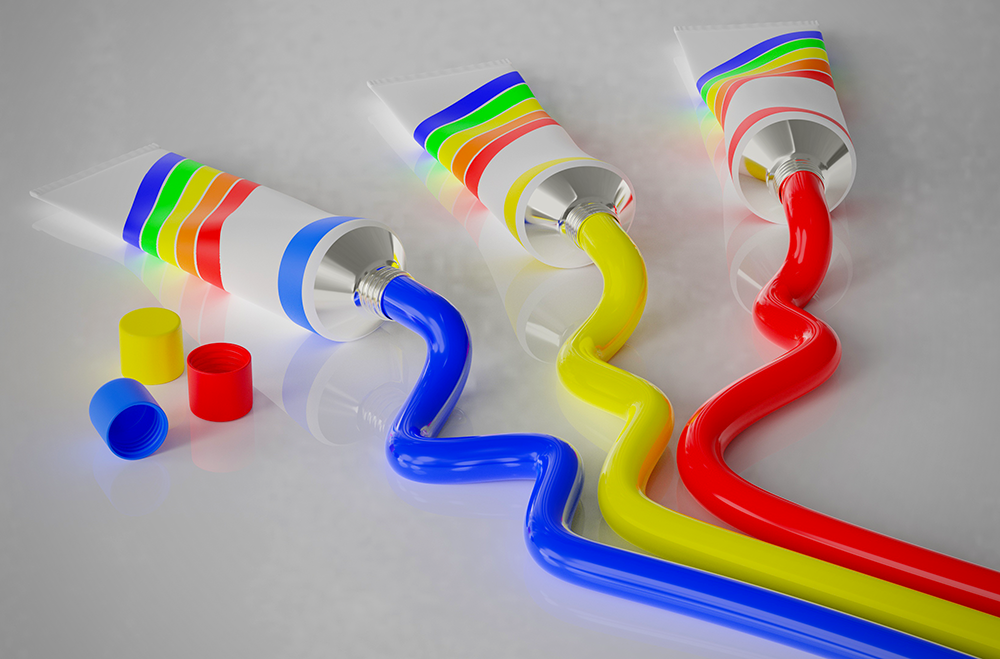
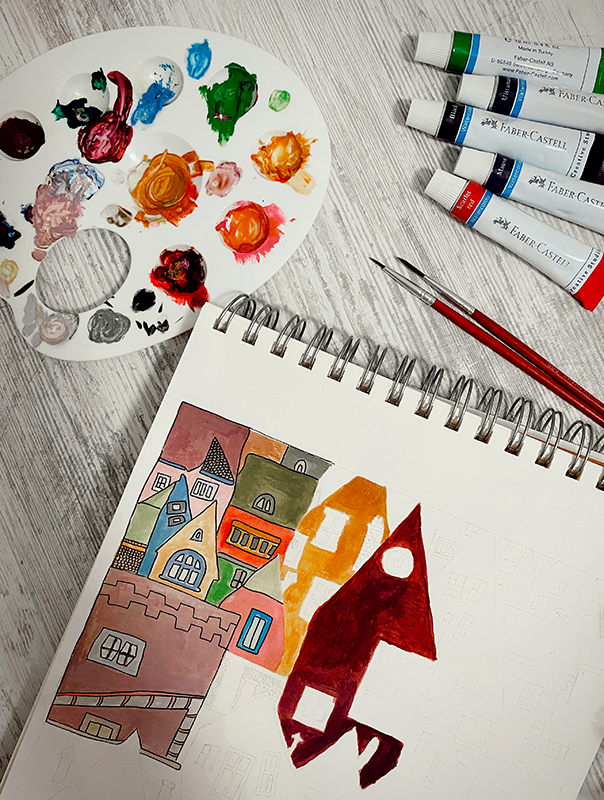
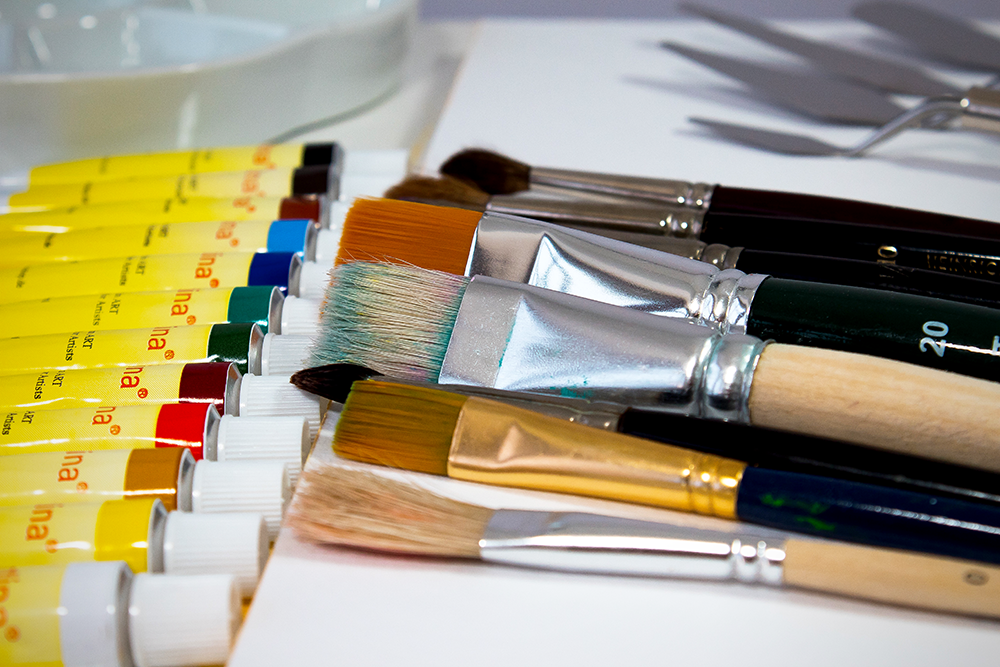
Want to find some new, awesome paints?
Check out our other paint supply articles:

